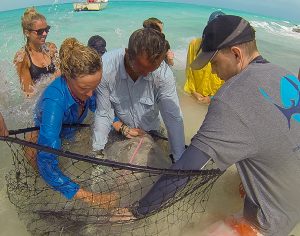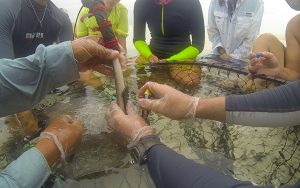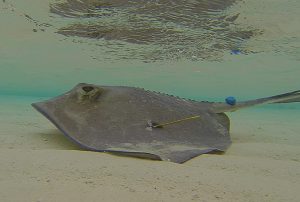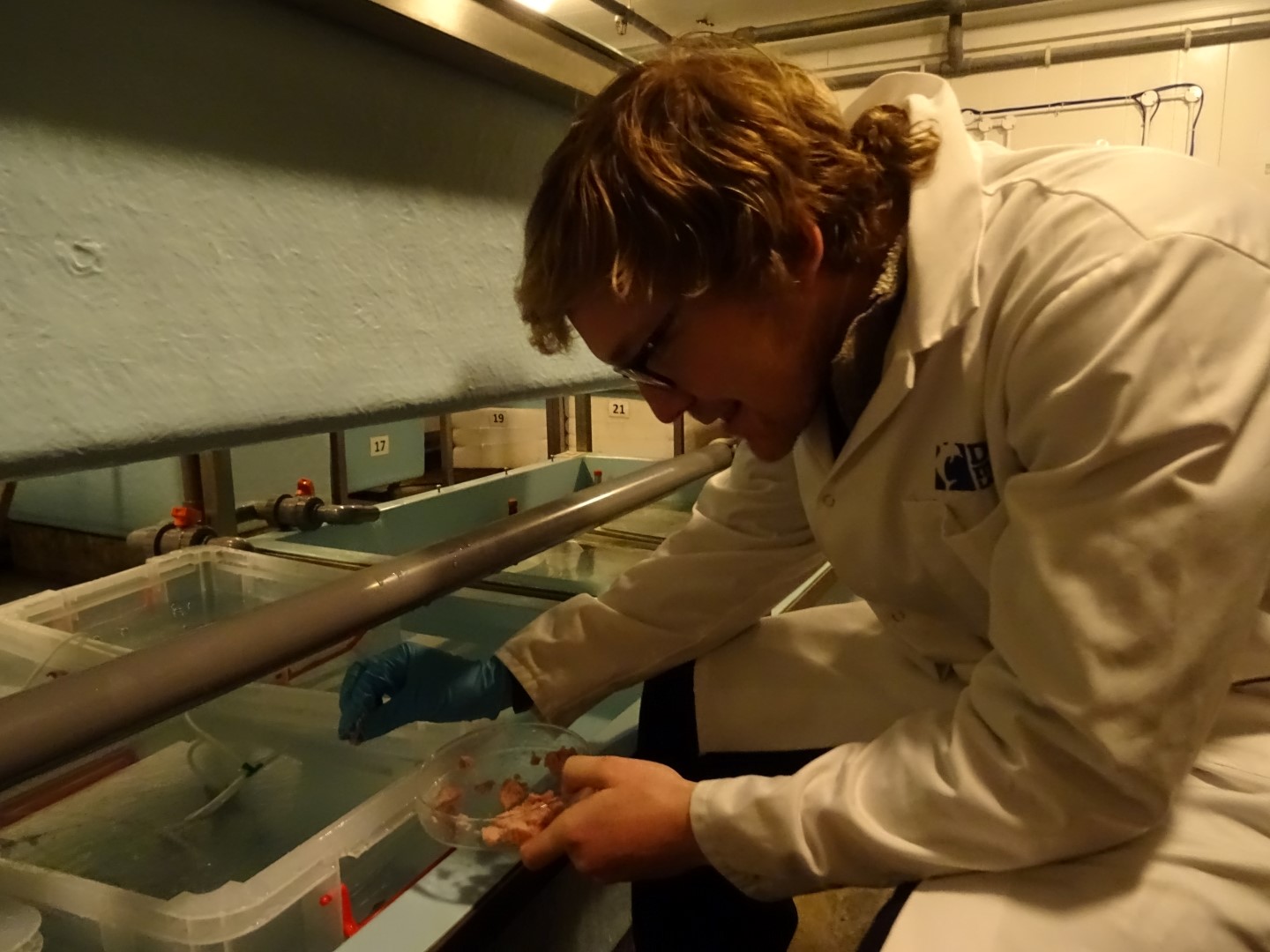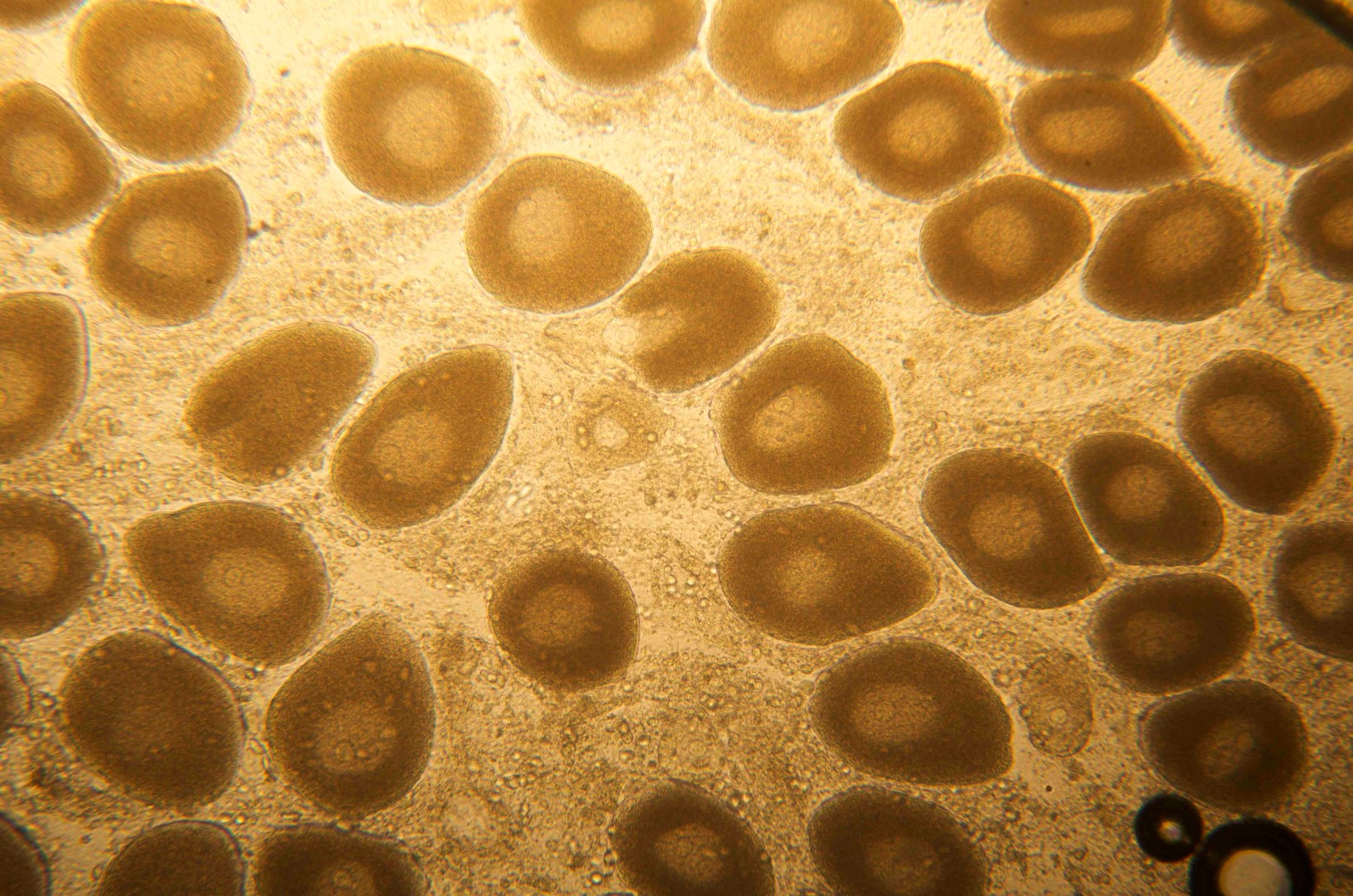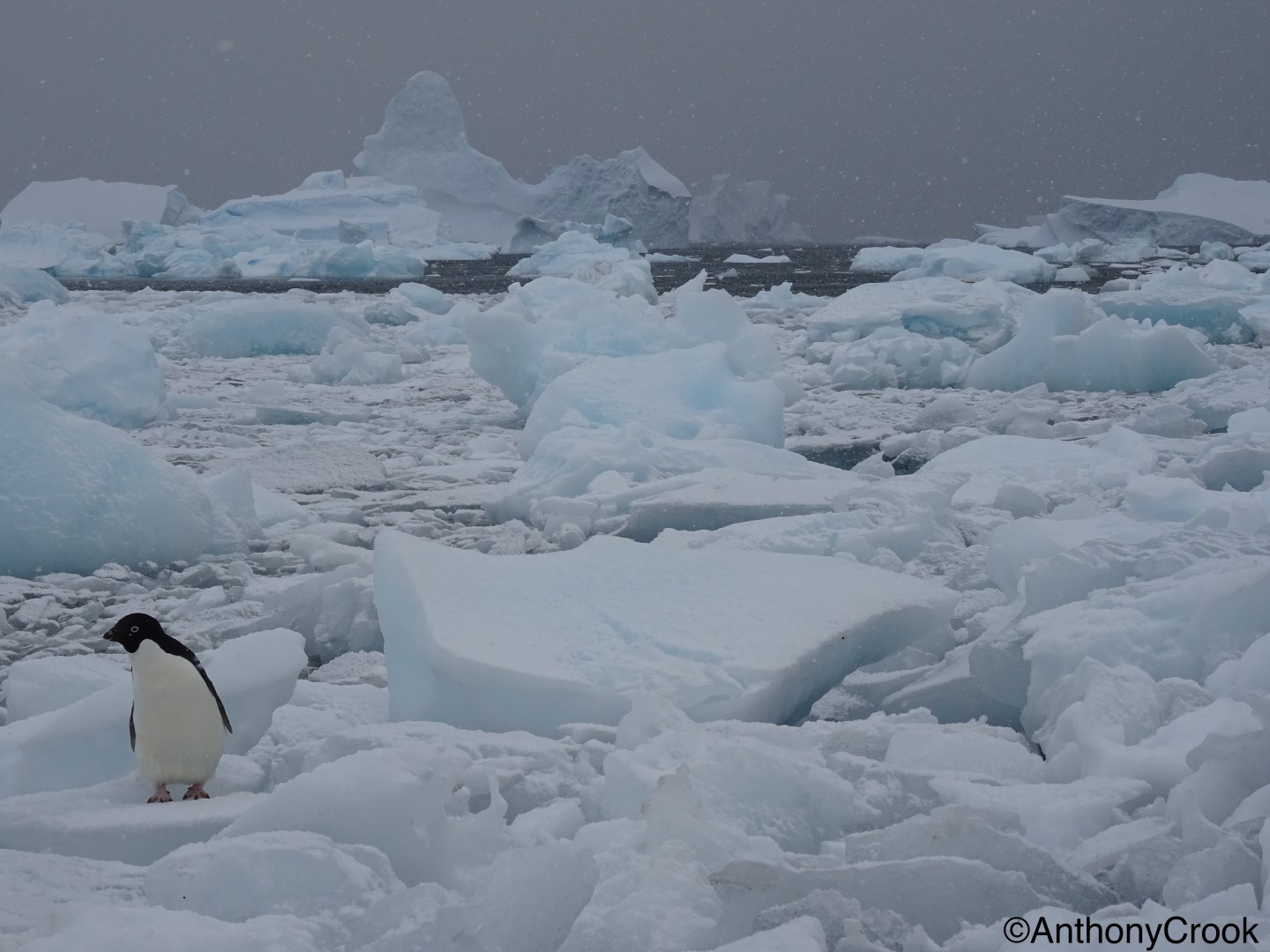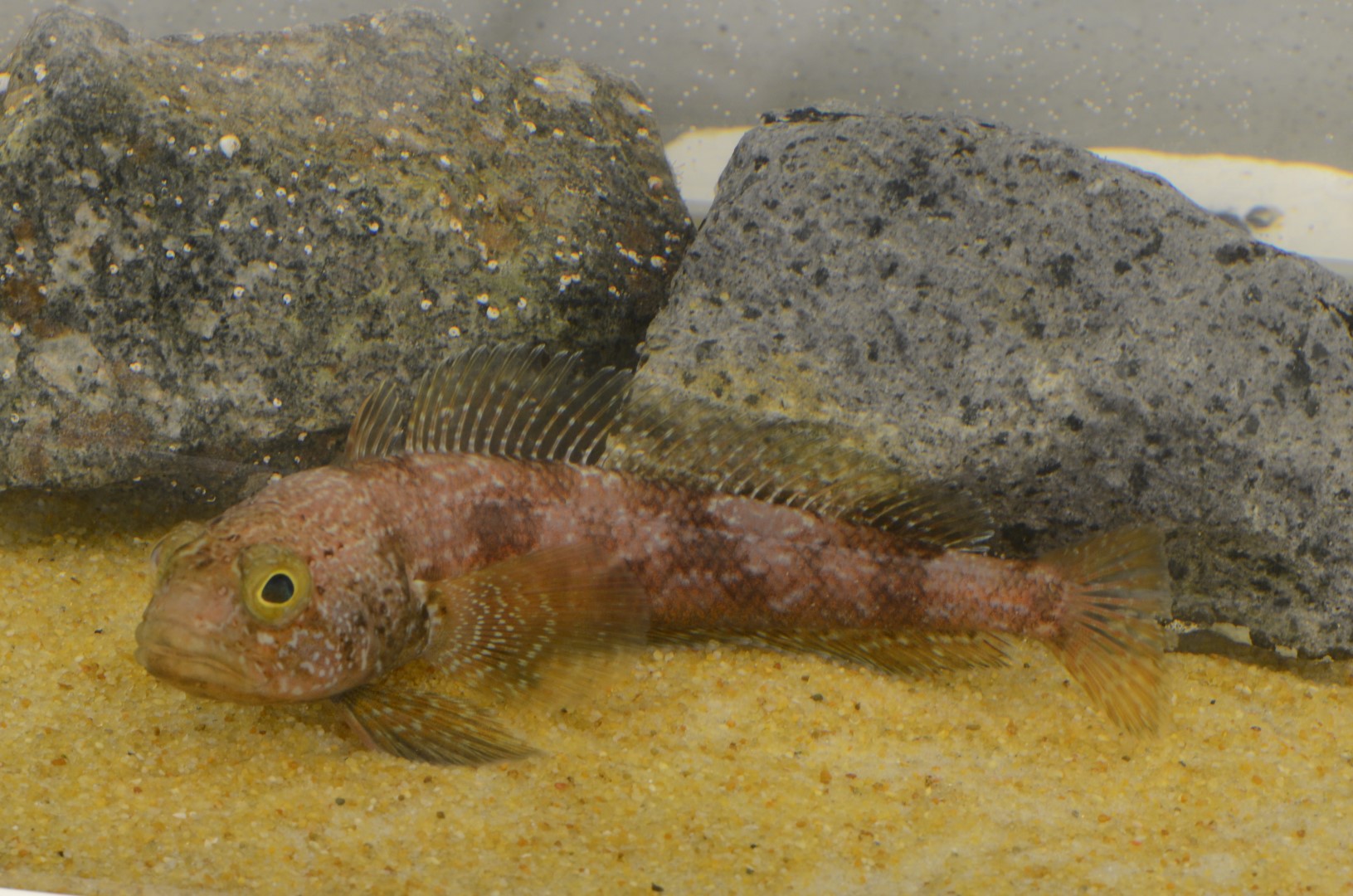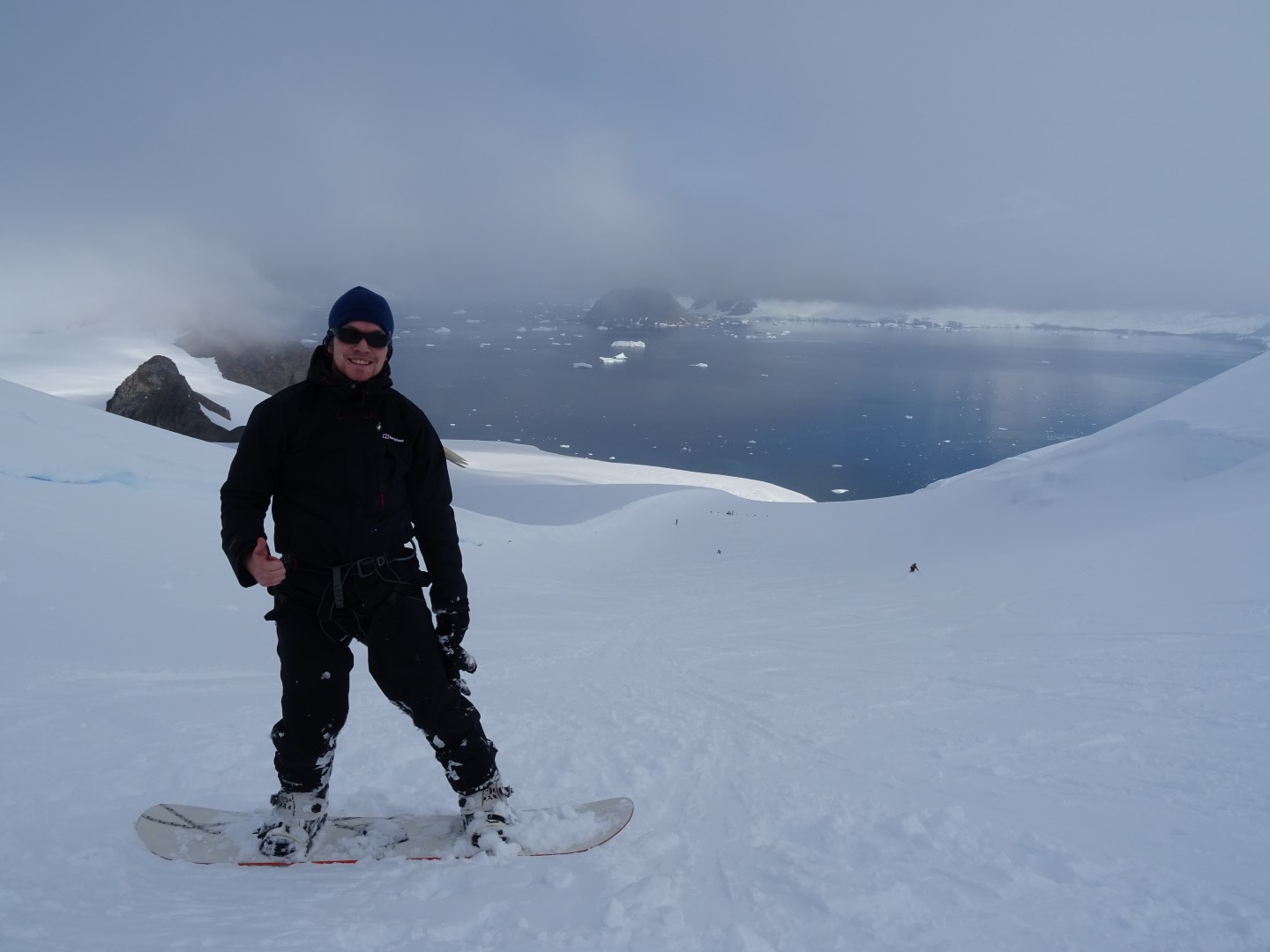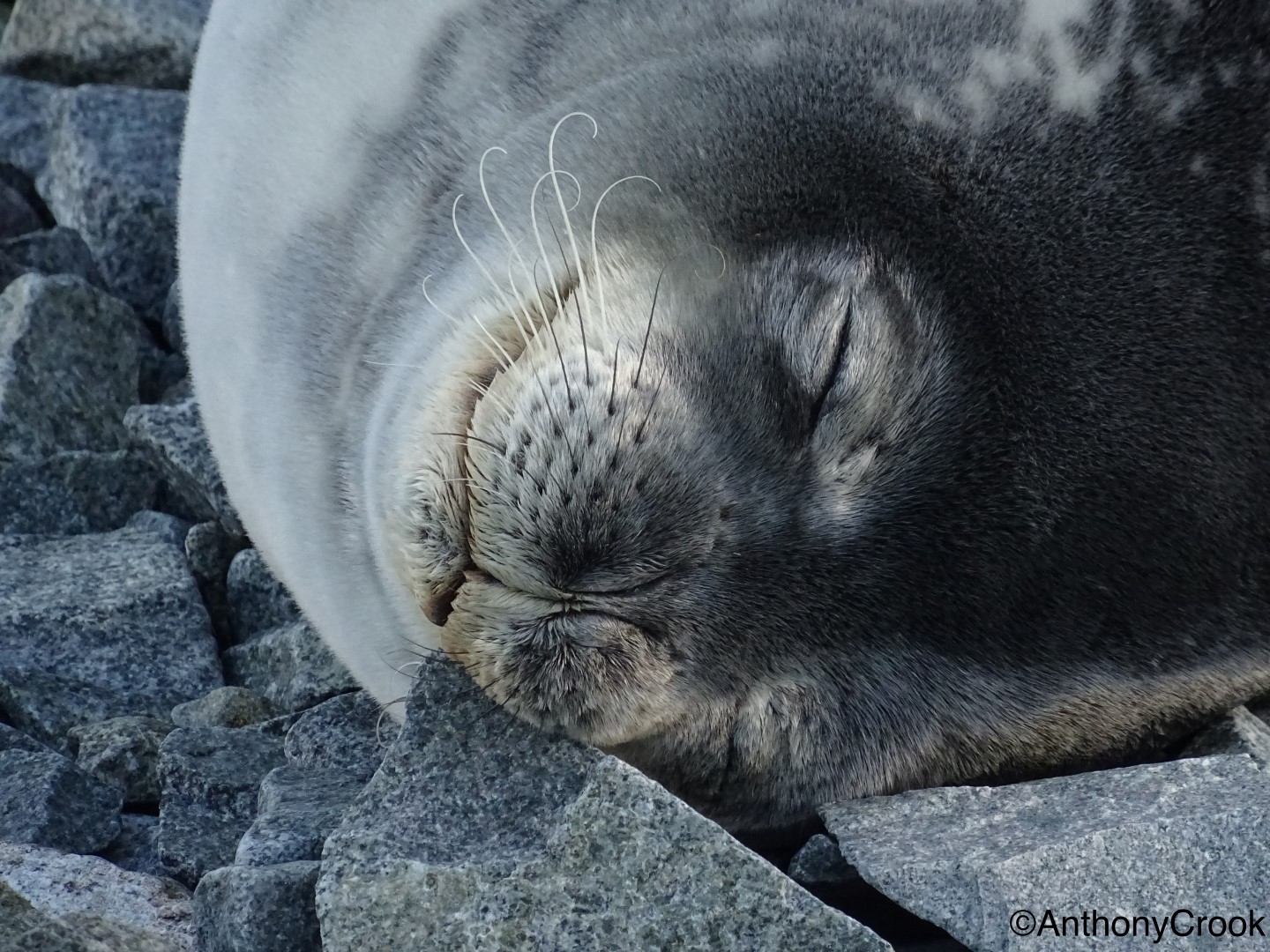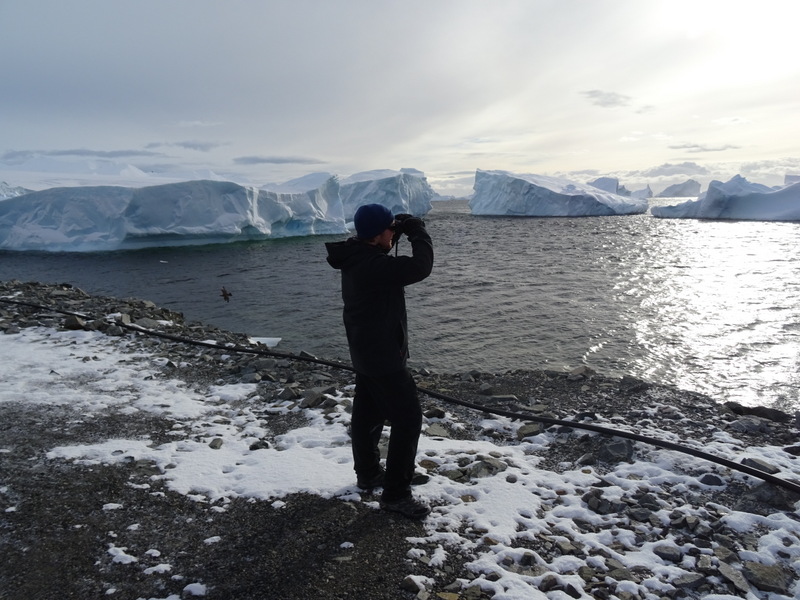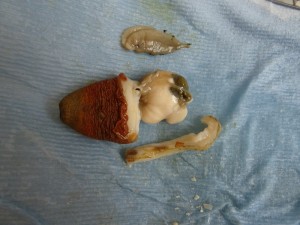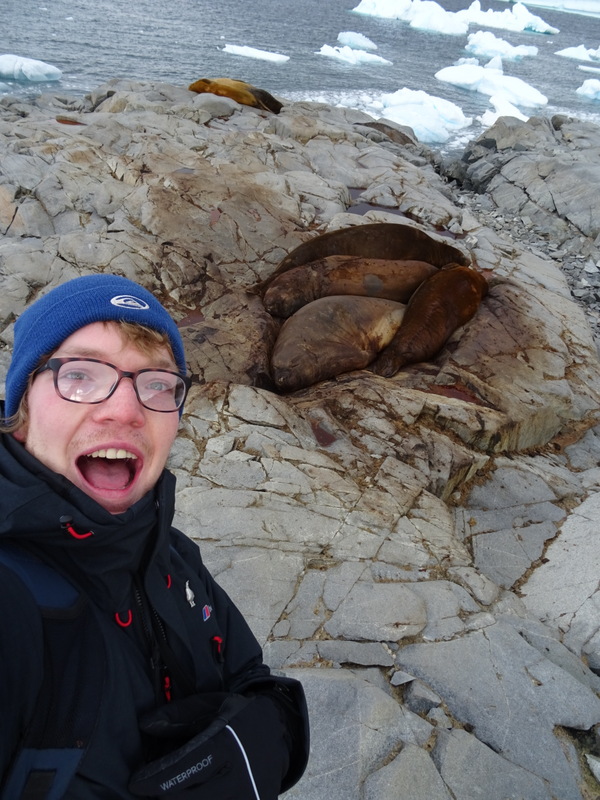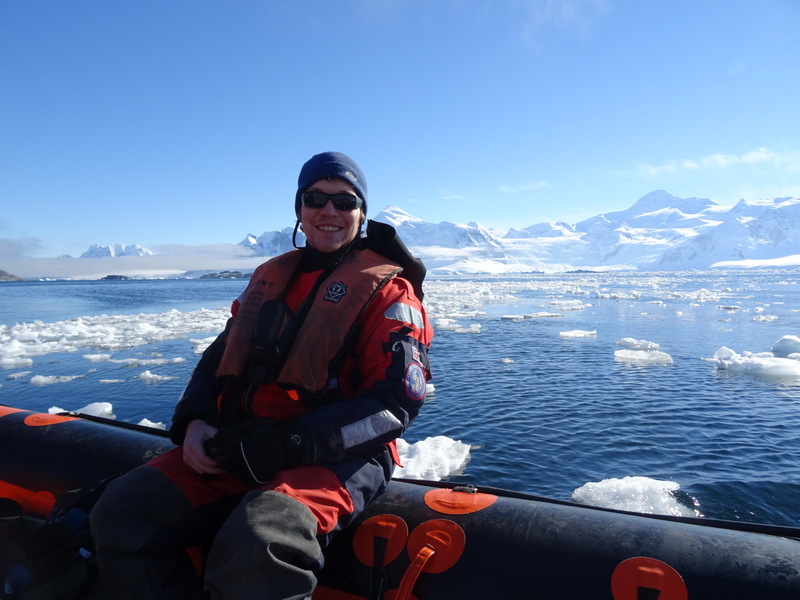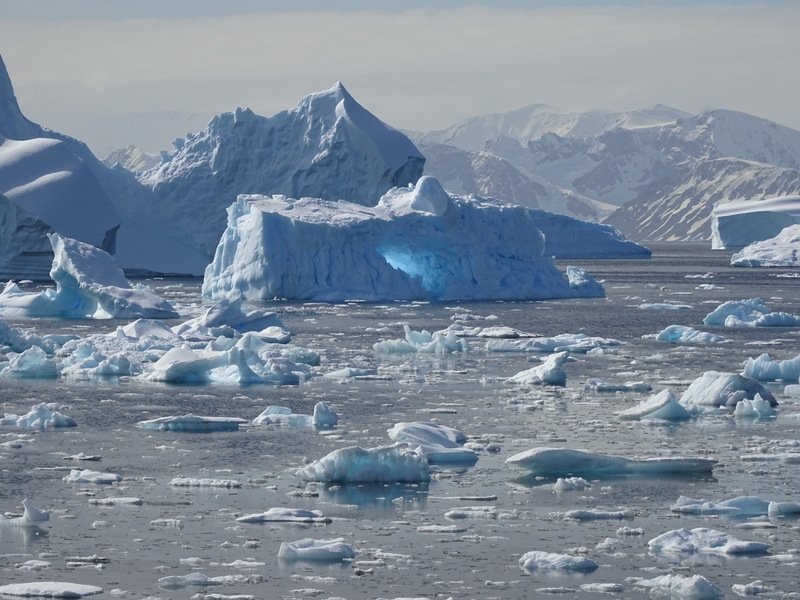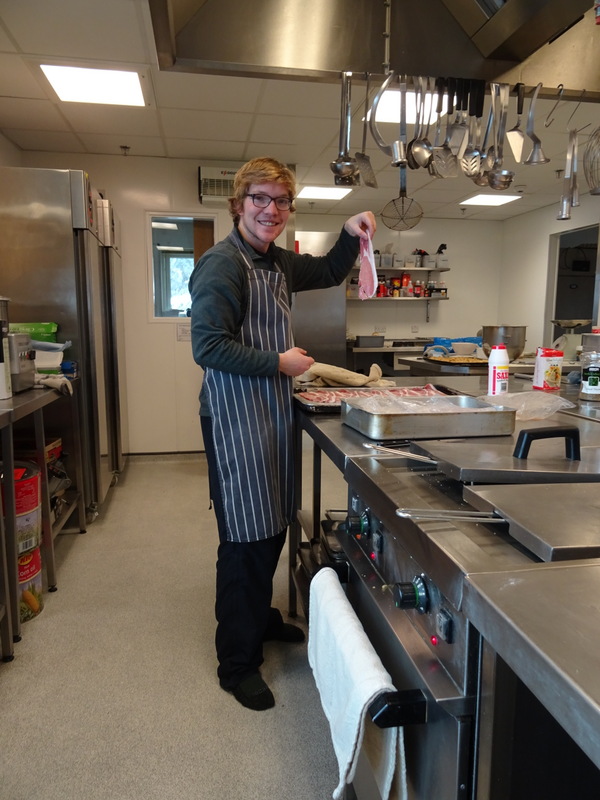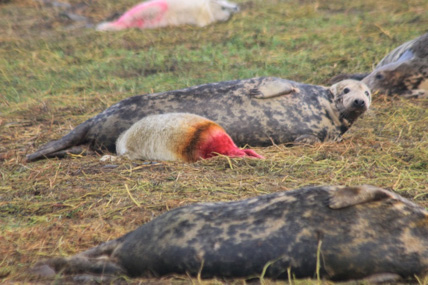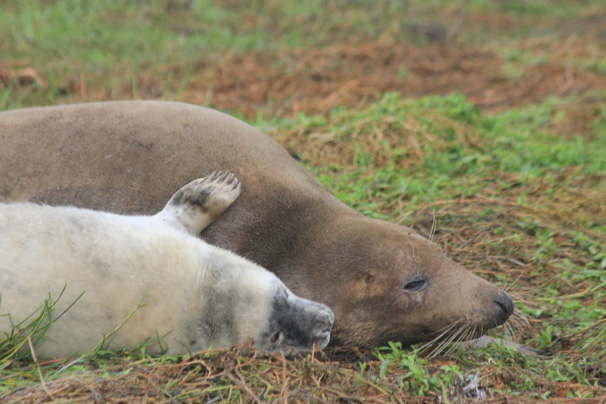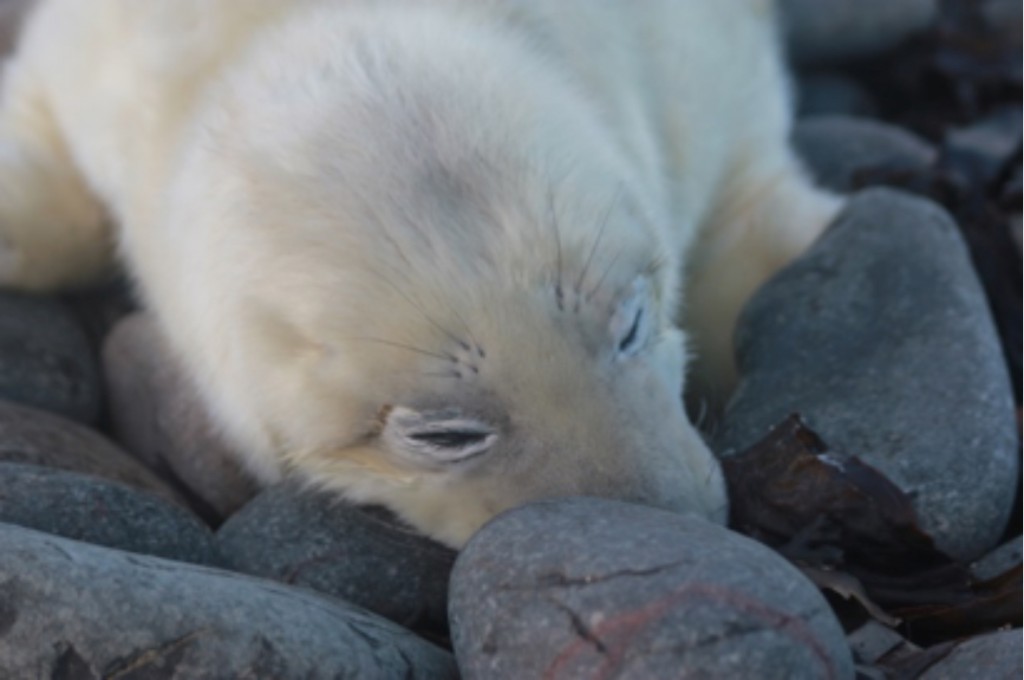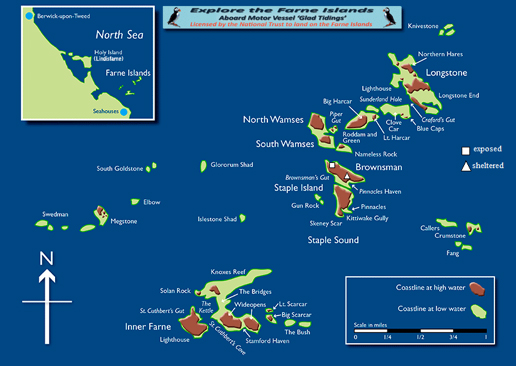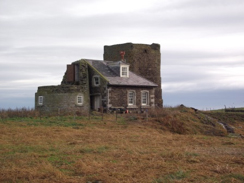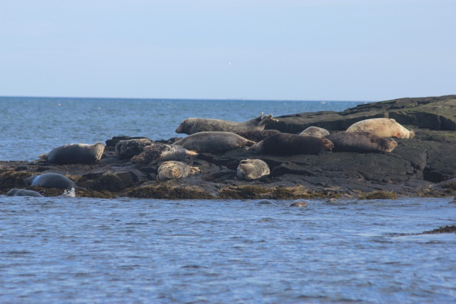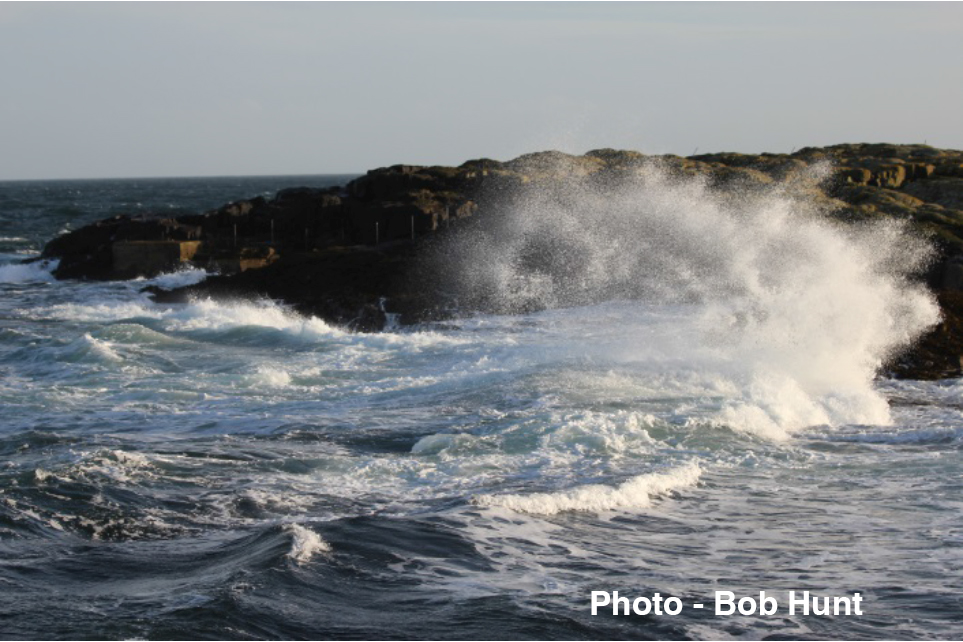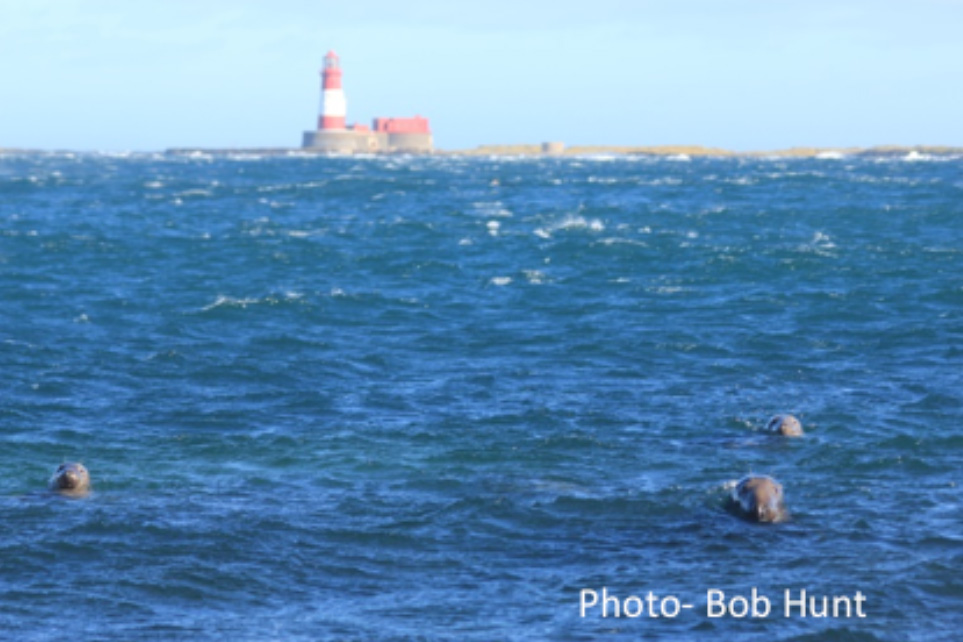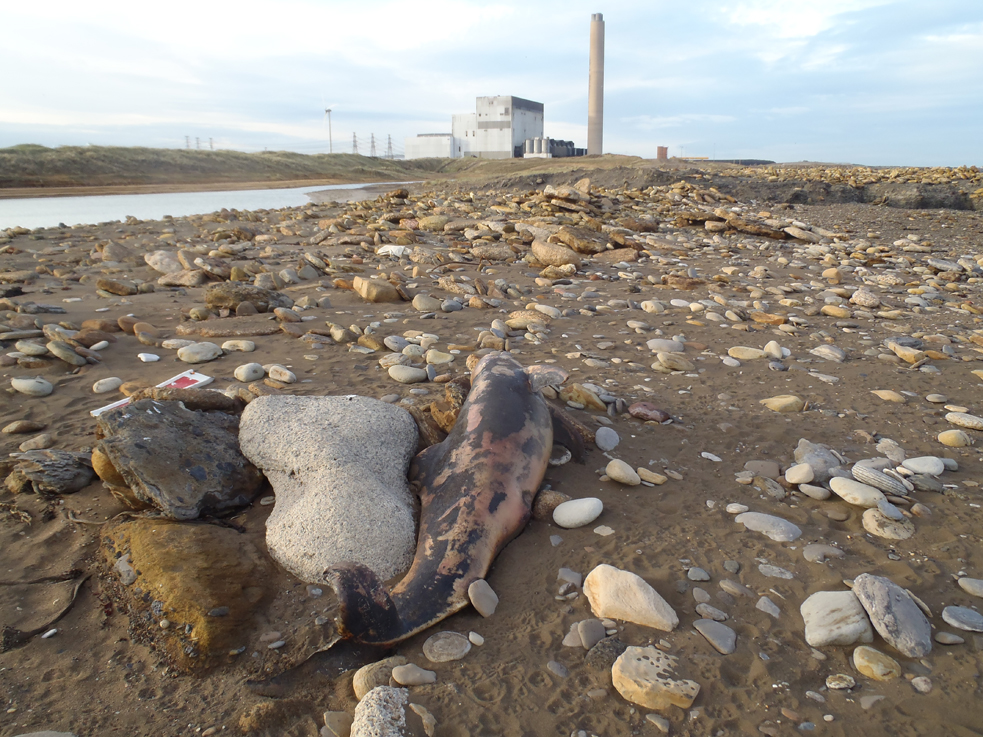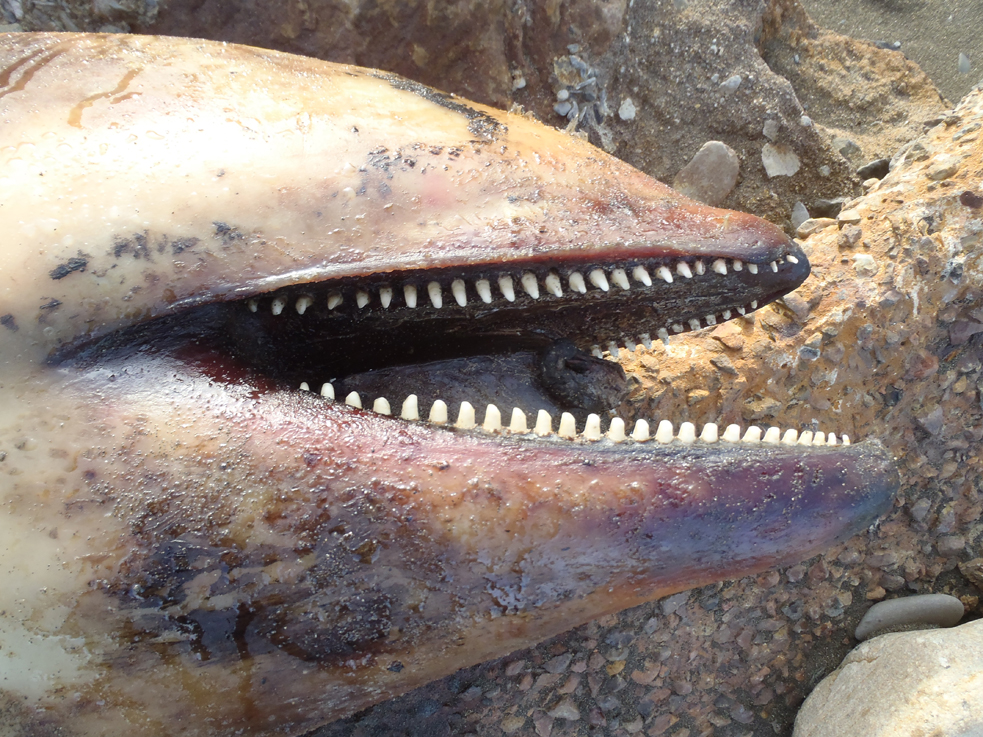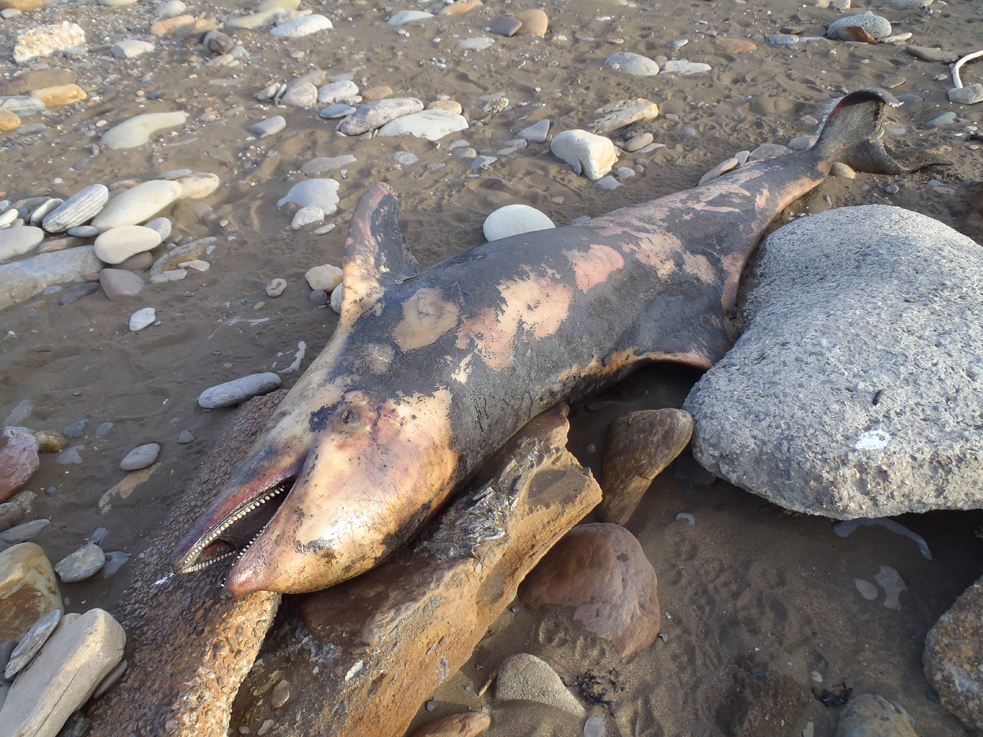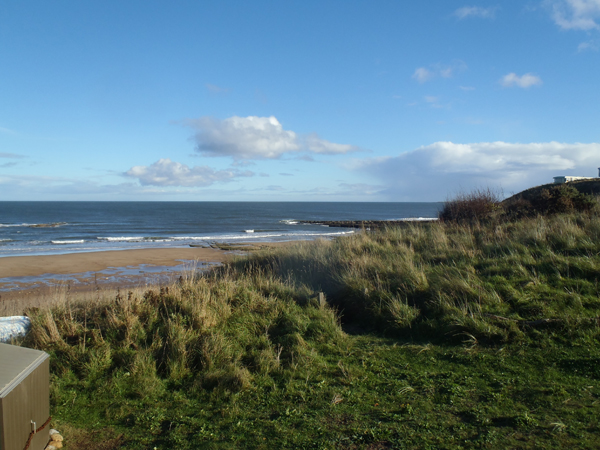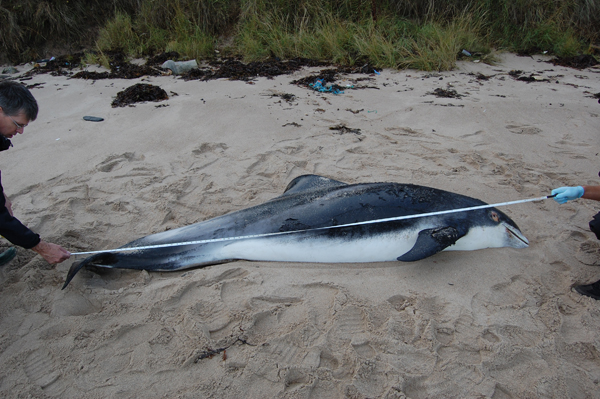The Natural Environment Research Council supports postgraduate training to provide UK science, business and government with a skilled workforce able to tackle urgent problems in a changing environment. Their Focused training portfolio aims to fill a critical skills gap identified by the environmental sciences sector[1].
‘In Situ Marine Field Identification and Survey Skills (Scientific Diving)’ is a week-long course developed by Heriot-Watt University under this scheme. It addresses a need for fieldwork skills, notably survey skills including species identification, sampling techniques, collection and recording protocols and methodologies.[2] These skills are currently rare in the marine research community despite increasing statutory demand for marine surveillance and monitoring.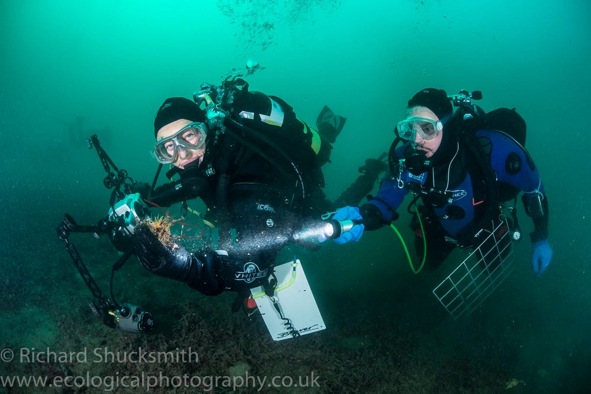
Two of our MAST PhD students, Fabrice Stephenson and Paula Lightfoot, gained places on this course in 2015. Here they talk about their experiences:
Fabrice Stephenson said “My PhD at Newcastle University was funded by Natural England and focussed on investigating direct impacts of crustacean potting on common reef habitats, which involved using SCUBA and underwater photography to collect data. Before attending this course, I had some experience of survey diving both in the UK and in tropical seas, but the training I received in this short but intensive course gave me a much broader and widely applicable insight into the work of a scientific dive team. The skills and experience I developed through the course will certainly help me embark on a career involving scientific diving for Government agencies, consultancies or universities, and I am pleased to have had the opportunity to pass my learning on to others in the Newcastle University dive team.
The course is designed to build up all the necessary skills for a high standard underwater scientific survey. It was very well constructed and offered the perfect mix of theory and practice, so that each dive consolidated what we had learnt in the classroom, until we were ready to work as a team to plan, conduct and present the results of our own ‘Marine Nature Conservation Review (MNCR) Phase 2’ survey. My personal highlight was being appointed the survey team leader! The training we had received enabled the team to work together safely and efficiently and ensured that the data collection was a success.
The six course participants all had some prior experience of carrying out survey dives in a professional, academic or voluntary capacity, and some of us might have thought we already had good buoyancy skills, but we all had a lot to learn! Kieran Hatton, the chief dive instructor, always had constructive suggestions on how to improve various aspects of our diving technique. Kieran filmed us underwater on his GoPro and we would watch the footage together after each dive. Although slightly embarrassing to watch – Kieran had a knack of filming us at the worst times! – this was incredibly useful and all the students came away from the course more aware of the importance of equipment configuration and body position for scientific diving.
Capturing high quality video footage and still images is a crucial skill for underwater surveys. At the start of the course I was intimidated by using big digital SLR cameras underwater – the cameras seem complicated enough on the surface, and as soon as you add a bulky housing and strobes it gets even harder! To my amazement, under the expert supervision and tutelage of professional photographer Richard Shucksmith and researcher Rob Cook, we were all producing high quality images within the first few days of the course. We would review our images as a group and receive advice on how to improve our technique. Our worries about using these top-of-the-range cameras quickly gave way to eagerness to get back in the water and put Richard’s and Rob’s advice into practice!
The course was mainly run aboard the comfortable 70ft liveaboard MV Halton – a converted and refurbished former Danish trawler. Having all the necessary facilities of a classroom, dive platform and accommodation in one place meant that we experienced ‘real life’ survey conditions, as well as being incredibly efficient with no time wasted travelling or moving equipment.
Diving in Orkney was a great experience! Regularly voted as among the top ten dive sites in the UK, Scapa Flow, which is sheltered from the often rough conditions of the Atlantic Ocean, has a diverse range of habitats and clear water which provided a safe and beautiful setting for diving.”
Paula Lightfoot added: “With places limited to six participants per week to maximise learning opportunities and one-to-one support, I knew there would be stiff competition for this course and was delighted to hear I had been successful! This opportunity to develop key fieldwork skills came at just the right time for me as I entered the second year of my PhD.
My research is funded by NERC and Natural England, and involves developing and testing new methods of mapping marine habitats in the North Sea using remote sensing data, e.g. sonar, aerial and satellite imagery. The collection of ground truth data on species and habitats, including by SCUBA diving, is essential to my research, both for interpreting remote sensing data and for evaluating the accuracy of the maps I produce.
The training on identifying and recording marine species and habitats provided by this course was therefore directly relevant to my research. Dr Joanne Porter, senior lecturer at Heriot-Watt’s School of Life Sciences and marine life ID guide author, provided expert tuition on species identification, including sampling techniques, use of ID resources and specimen curation. Jo’s passion for UK marine life was inspiring! With help from Jo and the rest of the team we developed skills in identifying species both during our dives and afterwards from our high resolution macro photographs and specimens.
Dr Bill Sanderson, who has a wealth of experience in designing and conducting habitat surveys for Government agencies and academic research, taught us about the MNCR Phase 2 survey methodology, including how to record species abundance consistently and how to record environmental and biological data to classify habitats according to a national standard system.
This has been an amazing opportunity. Personal tuition and advice from expert instructors, access to top quality equipment and facilities aboard the MV Halton and in the laboratories at Heriot-Watt’s Orkney campus, the opportunity to study and work with participants from different professional and academic branches of marine science, all in the beautiful setting of Orkney made this a thoroughly rewarding experience. It has already benefitted my research and I think it will be an asset in my future career.
The highlight of the week for me was the discovery of a flame shell (Limaria hians) bed during a dive. These beautiful bivalve molluscs, which are a priority marine feature in Scotland, get their name from the fringe of bright orange tentacles extending from their shells. However, they are not easy to find unless you know what you are looking for, because they conceal themselves by building ‘nests’ out of debris on the seabed. As we finished our survey task on one dive, Bill beckoned me away from the transect to an unremarkable-looking area of seabed. My puzzlement turned to delight as he lifted a mat of dead seaweed to reveal the bright orange flame shells – a species I have never seen before and a sight I will never forget!”
This course provided our postgraduate students with a unique opportunity to learn marine species identification and habitat survey skills through one-to-one tuition from experts with a wealth of experience in the field. Newcastle University is extremely grateful to NERC and Heriot-Watt University for this opportunity and hopes that others have the chance to benefit in future.
[1] http://www.nerc.ac.uk/skills/postgrad/policy/skillsreview/
[2] http://www.nerc.ac.uk/skills/postgrad/policy/skillsreview/2012/most-wanted2-report/

